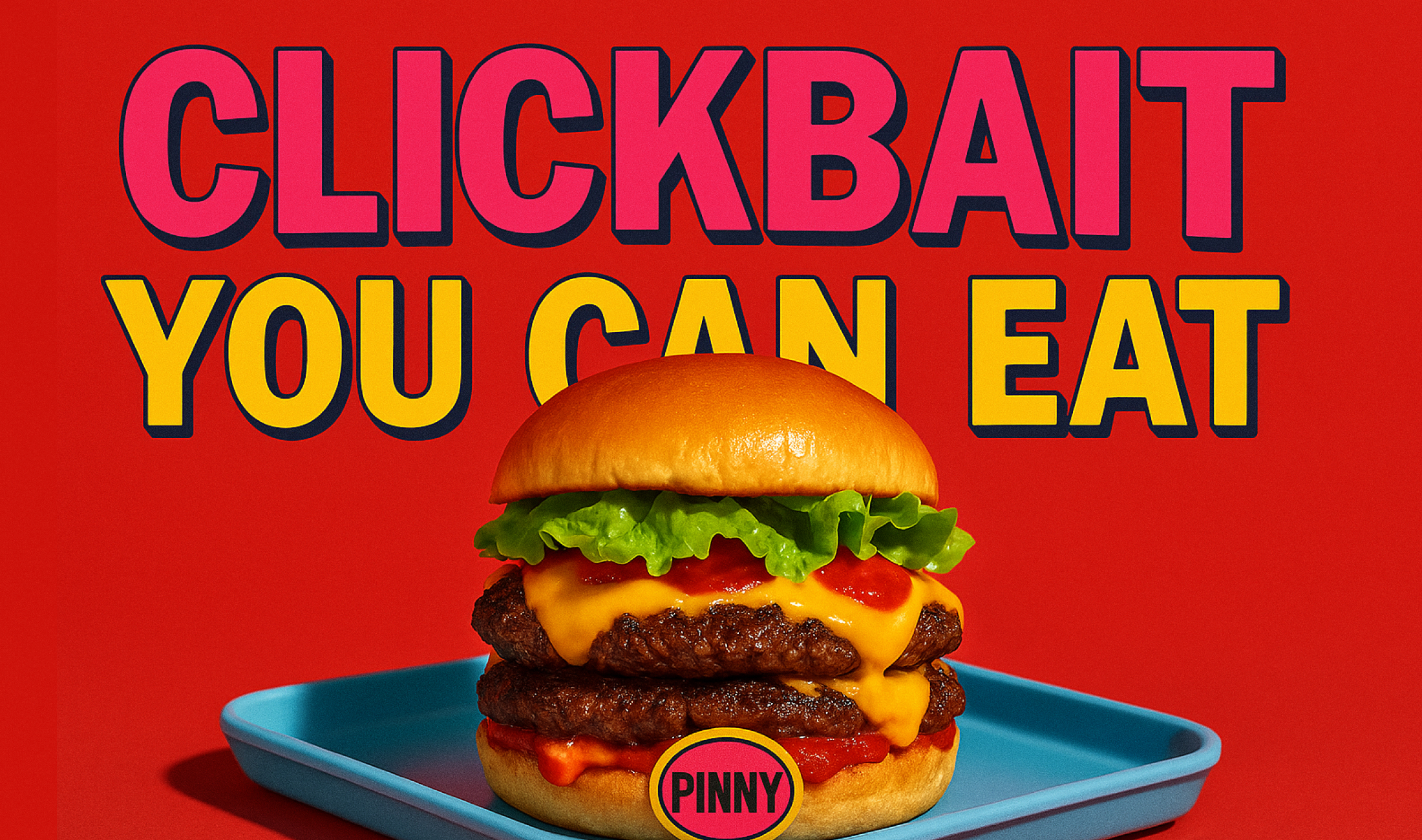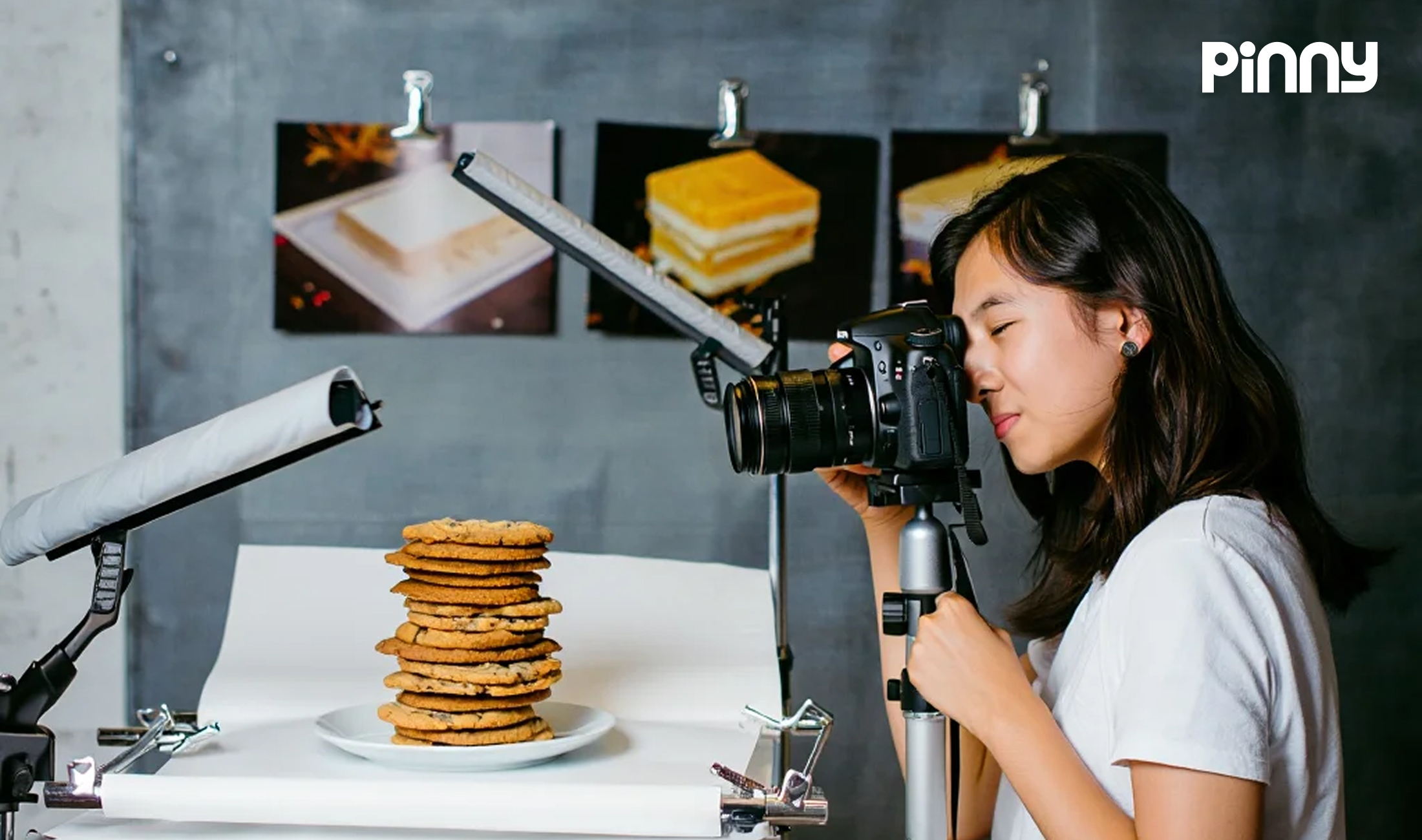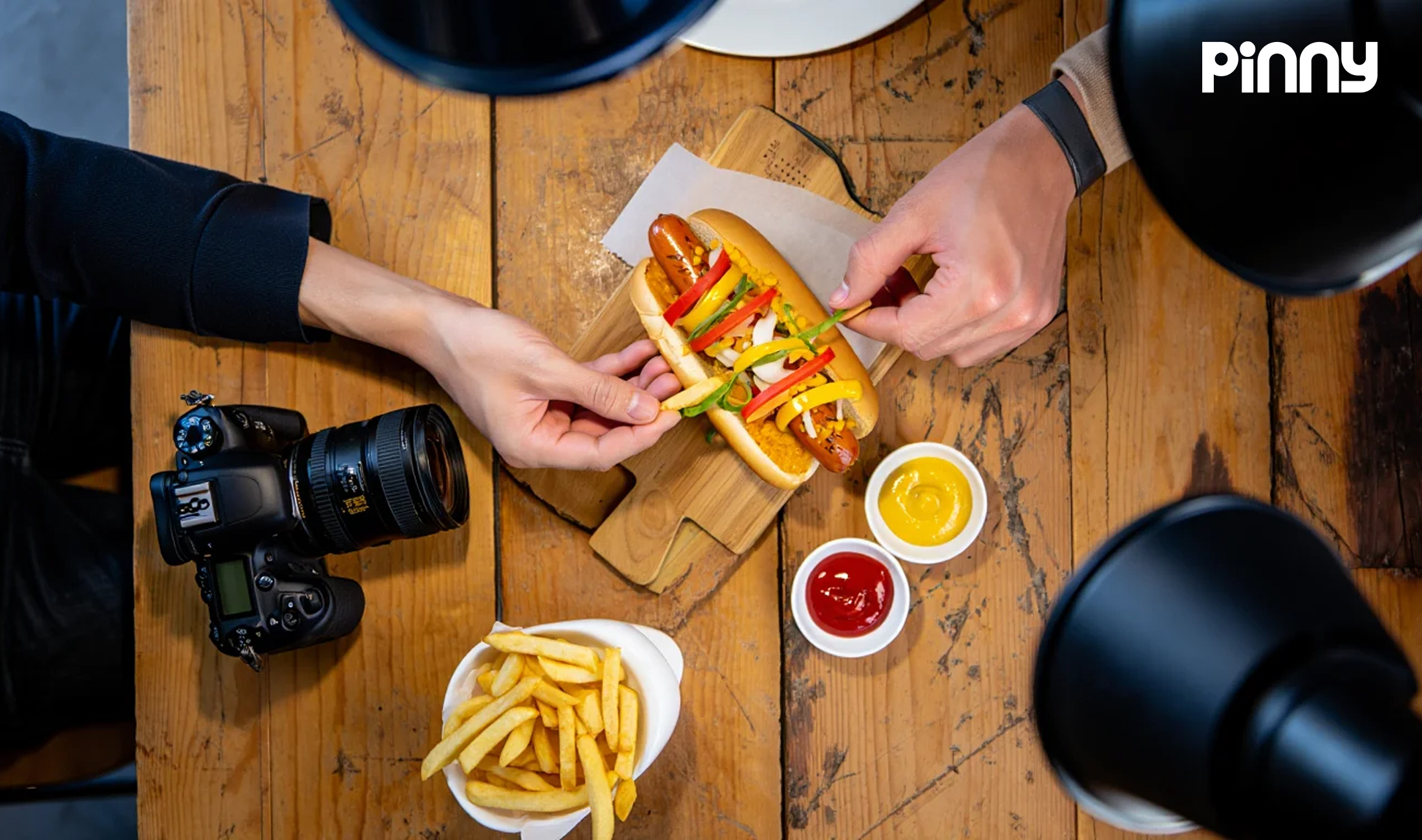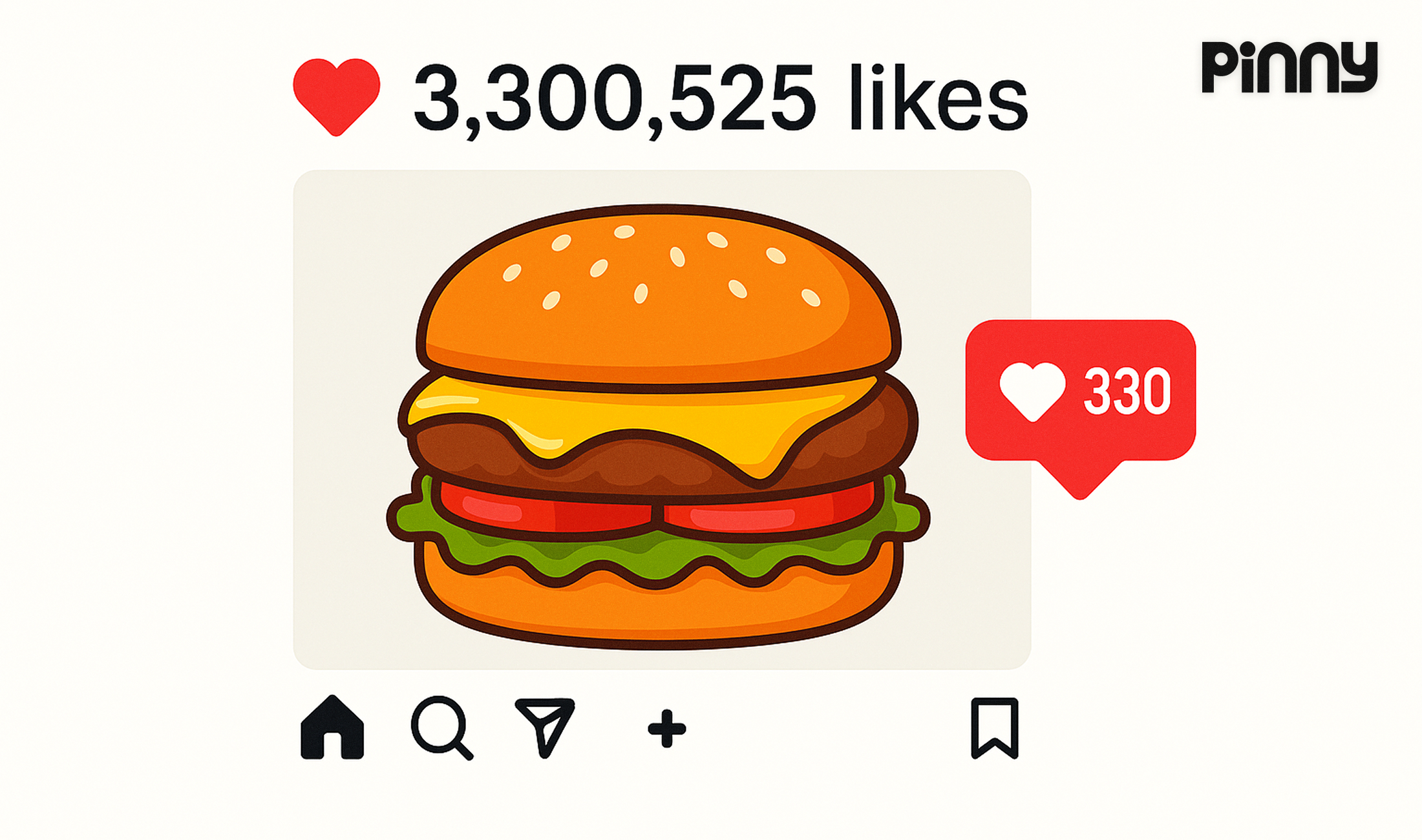
Restaurant
Clickbait You Can Eat: The Power of Foodporn in Restaurant Marketing
Daniel Dorum
In today’s digital age, the phrase “we eat with our eyes first” has never been more relevant. “Food porn” – those tantalizing, perfectly-lit images of dishes that make your mouth water instantly – has transformed from a casual social media trend into an essential marketing strategy for restaurants worldwide. These visually striking food images don’t just showcase your menu; they tell your restaurant’s story, build your brand identity, and most importantly, drive hungry customers through your doors.
Understanding Food Porn and Its Appeal
Food porn goes beyond simple food photography. It’s the art of capturing dishes in their most appetizing, crave-inducing form – often characterized by vivid colors, perfect textures, and compositions that highlight the most indulgent aspects of food.
What Exactly is Food Porn?
The term refers to visually appealing food photography that’s designed to provoke an immediate sensory and emotional response. These images typically feature:
- Extreme close-ups showcasing texture and detail
- Strategic lighting that enhances colors and creates appealing shadows
- Careful styling that emphasizes the most tempting aspects of dishes
- Composition techniques that make viewers feel they could reach out and take a bite
The Psychology Behind Food Imagery
Our brains are wired to respond to food visuals in powerful ways:
- Food images activate the same reward centers in our brains as actual eating
- Visually appealing food creates anticipation and triggers cravings
- High-quality food imagery can actually enhance perceived taste when customers eventually eat the food
- Food photos create emotional connections and memories associated with dining experiences
Successful Examples in Action
Restaurants leveraging food porn effectively include:
- Shake Shack, whose consistent, high-quality burger photography has helped build a cult following
- Dominique Ansel Bakery, whose images of innovative pastries like the Cronut® spread virally and created global demand
- Local establishments that have gained regional fame through distinctive, shareable images of signature dishes

The Power of Visual Storytelling in Restaurant Marketing
In a crowded marketplace, compelling visuals help your restaurant stand out and connect with potential diners on an emotional level.
Visual Content Dominates Digital Marketing
The statistics speak for themselves:
- Content with relevant images gets 94% more views than content without
- Restaurant posts with high-quality food images receive 10x more engagement than text-only posts
- 75% of Instagram users take action, such as visiting a website, after looking at an image post
- Posts with images produce 650% higher engagement than text-only posts
How Food Images Influence Customer Decisions
Food photography directly impacts consumer behavior:
- 45% of diners have tried a restaurant specifically because of food images they saw on social media
- 30% of millennial diners actively avoid restaurants with poor-quality or unappealing food photos
- 86% of customers check a restaurant’s online presence before dining there for the first time
- Restaurants with professional food photography typically see a 30% increase in sales of photographed menu items
Essential Tips for Creating Irresistible Food Porn Content
Creating compelling food imagery requires attention to several key elements:
Lighting and Composition
The foundation of all great food photography starts with proper lighting:
Natural Light vs. Artificial Lighting
- Natural light (especially diffused window light) creates soft, appealing shadows and highlights
- Early morning or late afternoon provides the best natural lighting conditions
- Artificial lighting requires diffusers and reflectors to avoid harsh shadows
- Consistent lighting establishes a recognizable visual brand
Composition Tips
- The 45-degree angle works well for most plated dishes
- Overhead (flat lay) shots are ideal for table spreads and multiple dishes
- Extreme close-ups highlight texture and detail in specific ingredients
- Use the rule of thirds to create visually balanced images
- Include negative space to draw attention to the food
Presentation and Styling
How you present your food before photographing is just as important as the photography itself:
- Use fresh ingredients and photograph dishes immediately after preparation
- Consider color contrast when plating (colorful ingredients pop against neutral backgrounds)
- Use garnishes strategically to add visual interest and color
- Clean plate edges for a professional appearance
- Experiment with height and layers to create dimension
- Use props sparingly and ensure they complement rather than compete with the food
High-Quality Equipment
While professional results are ideal, quality food photography is possible at various equipment levels:
Smartphone Photography Tips
- Newer smartphones with portrait mode and multiple lenses can produce excellent results
- Use the grid feature to ensure straight lines and proper composition
- Avoid using flash; instead, position food near natural light
- Use editing apps like Snapseed, VSCO, or Lightroom Mobile for enhancements
- Consider small clip-on lenses for macro shots and wider angles
Professional Equipment Considerations
- Entry-level DSLR or mirrorless cameras provide significant quality improvements
- A 50mm or 35mm prime lens offers versatility and good depth of field
- A tripod eliminates camera shake for sharper images
- Consider investing in basic lighting equipment (reflectors, diffusers, small LED panels)
- Professional editing software like Adobe Lightroom enhances colors and composition

Leveraging Social Media Platforms for Maximum Visibility
Each social platform offers unique opportunities for food content:
Instagram: The Food Photographer’s Paradise
- Post in-feed images at optimal times (typically lunch and dinner hours)
- Use Instagram Stories for behind-the-scenes content and limited-time offerings
- Create saved Highlights for different menu categories
- Utilize Reels for quick recipe reveals or plating demonstrations
- Use 10-15 relevant hashtags combining popular tags (#foodporn, #foodie) with niche and location-specific ones
TikTok: Short-Form Video Dominance
- Create “how it’s made” videos of signature dishes
- Participate in trending food challenges and recipe hacks
- Show chef personalities and kitchen culture
- Use text overlays to provide context without sound
- Keep videos under 30 seconds for maximum engagement
- Leverage trending sounds and music
Facebook: Community Building and Targeted Advertising
- Share album collections of new menu items or special events
- Utilize Facebook Groups to engage with local foodie communities
- Create Events for special dining occasions
- Use targeted ads to reach specific demographics within your service area
- Post slightly longer content with stories behind signature dishes
Pinterest: Long-Term Discovery
- Create boards organized by meal type, occasion, or ingredient
- Use vertical images (2:3 ratio) for better visibility
- Include detailed descriptions with keywords
- Link pins directly to your online ordering or reservation page
- Focus on seasonal content that will remain relevant
Collaboration and Influencer Marketing
Extend your reach by partnering with those who already have engaged food audiences:
Identifying the Right Influencer Partners
When selecting influencers to collaborate with:
- Look for engagement rate over follower count
- Ensure their audience demographics match your target customers
- Review their previous food content for quality and authenticity
- Consider local micro-influencers (1,000-10,000 followers) for targeted impact
- Evaluate their storytelling ability and photography skills
Effective Collaboration Strategies
Create mutually beneficial partnerships through:
- Hosted tasting events for multiple influencers
- Exclusive menu previews for content creation
- Behind-the-scenes kitchen access
- Chef interviews and cooking demonstrations
- Seasonal menu collaborations with influencer input
Leveraging User-Generated Content
Turn your customers into content creators:
- Create a branded hashtag for customers to use when posting
- Feature customer photos on your profiles (with permission)
- Create Instagram-worthy moments in your restaurant design
- Offer small incentives for sharing photos (dessert discount with posted photo)
- Respond to and engage with all tagged content
Boosting Restaurant Attendance through Engaging Content
Strategic content planning drives real-world results:
Consistent Posting Schedule
- Maintain a regular posting cadence (3-5 times weekly minimum)
- Plan content around peak engagement times
- Create a content calendar aligning with seasonal offerings and events
- Batch-create photos during professional shoots to maintain quality
- Repurpose content across platforms with platform-specific adaptations
Engagement-Boosting Strategies
- Run photo contests for customers (best pizza topping combination, most creative plating)
- Create polls for menu development input
- Use limited-time offers revealed only on social channels
- Host Instagram Lives for cooking demonstrations or happy hour events
- Implement user-generated content campaigns with branded hashtags
Local SEO and Geotargeting
- Always geotag your restaurant location in posts
- Use neighborhood and city-specific hashtags
- Partner with local events and businesses for cross-promotion
- Create location-specific content highlighting community connections
- Target ads to users within your delivery or service radius

Measuring Success: Analytics and Engagement Metrics
Track performance to continuously improve your food content strategy:
Key Performance Indicators
Monitor these essential metrics:
- Engagement rate (likes, comments, shares divided by impressions)
- Follower growth rate
- Reach and impressions growth
- Click-through rate to your website/reservation page
- Conversion actions (online orders, reservation bookings)
- Mention and hashtag tracking
Analytics Tools and Methods
Leverage these tools for tracking:
- Native platform analytics (Instagram Insights, Facebook Analytics)
- Google Analytics for website traffic from social channels
- Third-party tools like Hootsuite, Sprout Social, or Later
- Custom UTM parameters for campaign tracking
- Customer surveys about discovery methods
Data-Driven Adjustments
Use insights to refine your strategy:
- Analyze top-performing content for common elements
- A/B test different photo styles, captions, and posting times
- Compare professional vs. smartphone photography results
- Track which menu items generate the most engagement
- Evaluate ROI on influencer partnerships
Conclusion
In today’s visually-driven dining culture, compelling food photography isn’t just a marketing luxury – it’s an essential ingredient in your restaurant’s success recipe. By investing in quality food imagery, strategically distributing it across platforms, and actively engaging with your audience, you create a powerful pipeline that turns scrolling thumbs into seated customers.
Remember that authenticity remains paramount – while your food should look its absolute best, it should still be recognizable when it arrives at the customer’s table. The most effective food porn doesn’t just generate likes; it generates real-world visits and genuine word-of-mouth recommendations.
How has food photography impacted your restaurant marketing efforts? Share your successes, challenges, or questions about creating crave-worthy content for your establishment – we’d love to hear your experiences in implementing these strategies!